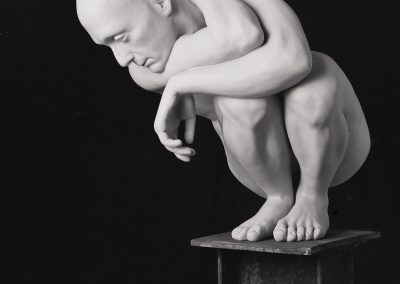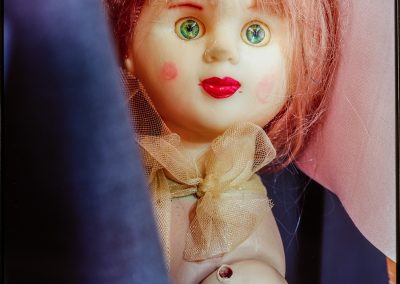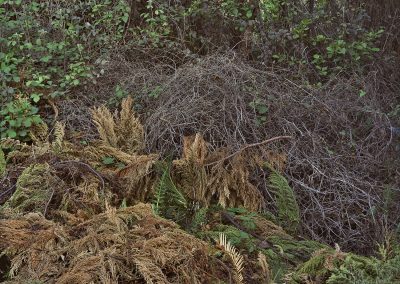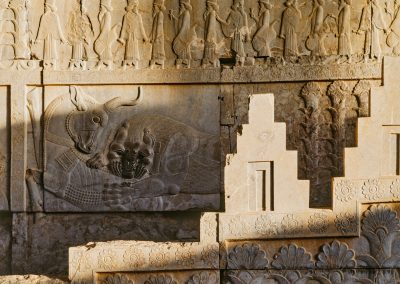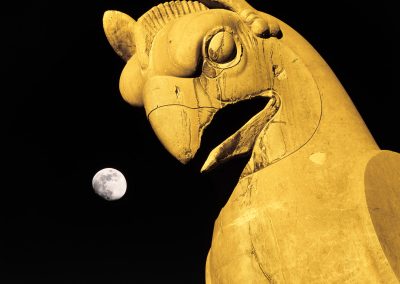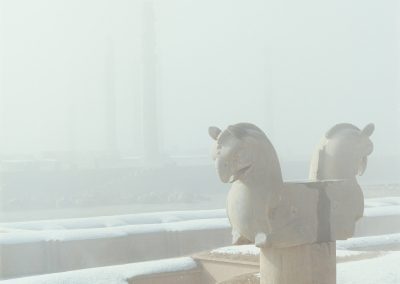FILM
Professional film scanning is a meticulous process that requires high-quality equipment and expertise to ensure the preservation and digitization of analog media in the highest possible resolution. Specialized optical solutions are utilized to convert each frame into a digital image: whether it’s a 135 negative, an 8 by 10 sheet, or even a large radiographic x-ray film, capturing complex details, colors, and tones accurately is our top priority. Additionally, photomicrography solutions are available for digitizing 8mm stills with a 10:1 reproduction ratio, making them suitable for large prints and exhibitions. The resulting digital files serve as valuable assets for archival purposes, printing, and sharing across various digital platforms, bridging the gap between traditional film photography and modern digital technologies.

UP TO 150 MEGAPIXEL SINGLE SHOTS:
Our team employs the latest 150-megapixel medium-format camera systems, coupled with the best macro lenses to produce the most precise and accurate reproductions of objects with a single shot. In addition, we utilize technical cameras with perspective control to provide even greater flexibility and efficiency in generating precise single-shot reproductions. Our approach enables us to produce high-quality and accurate representations of any artwork placed before the camera.
UP TO 10:1 REPRODUCTION RATIO:
After extensive experimentation and research, our team has discovered an advanced medium-format optical solution that enables us to achieve reproduction ratios exceeding 1:1. This solution involves the implementation of a motorized stacking rail in combination with microscopic objectives. By utilizing this innovative approach, we are able to attain reproduction ratios of up to 10:1, which is particularly useful for reproducing miniature objects such as 8mm film.


UP TO 10:1 REPRODUCTION RATIO:
After extensive experimentation and research, our team has discovered an advanced medium-format optical solution that enables us to achieve reproduction ratios exceeding 1:1. This solution involves the implementation of a motorized stacking rail in combination with microscopic objectives. By utilizing this innovative approach, we are able to attain reproduction ratios of up to 10:1, which is particularly useful for reproducing miniature objects such as 8mm film.

8MM TO LARGE FORMAT SHEET SUPPORT:
Our team has developed a high degree of expertise in the art of reproduction of intricate objects and artworks regardless of their shape or size. Our workflow for smaller negatives typically includes the implementation of focus bracketing and stacking techniques. The images are then batch-processed and stitched together using industry-leading software. Large sheets are captured through panoramic shots using either a technical camera or a conventional one. Our team is trained to execute these techniques with precision and care, ensuring that the final product is an accurate and faithful reproduction of the original analog film.
PROFESSIONAL COLOR MANAGEMENT:
Our post-processing procedure in the studio is executed according to industry standards. It includes color grading for accurate hues and shades of color and retouching techniques all using color-calibrated displays. In order to obtain positive images from color negatives, we create customized presets for each image. Our team strives for excellence and accuracy, therefore, calibrating the camera with industry-standard color charts, capturing a neutral gray card for white balance, and performing lens calibration for distortion, color cast, and vignetting is vital for each session.


PROFESSIONAL COLOR MANAGEMENT:
Our post-processing procedure in the studio is executed according to industry standards. It includes color grading for accurate hues and shades of color and retouching techniques all using color-calibrated displays. In order to obtain positive images from color negatives, we create customized presets for each image. Our team strives for excellence and accuracy, therefore, calibrating the camera with industry-standard color charts, capturing a neutral gray card for white balance, and performing lens calibration for distortion, color cast, and vignetting is vital for each session.

